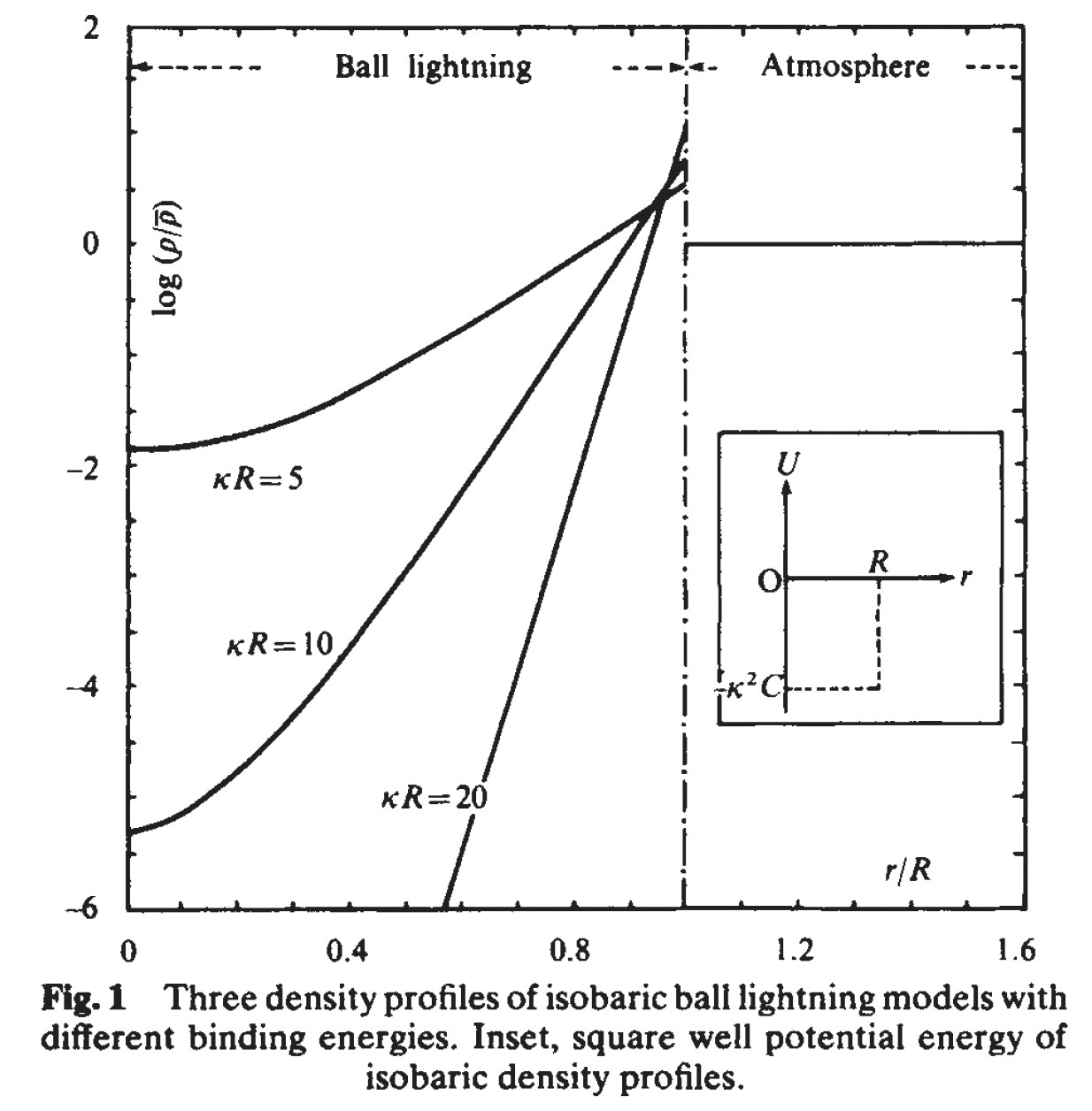In 1980, G. C. Dijkhuis argued that ball lightning relied on charged fluid dynamics resulting in plasma vortexes that had the same momentum (kinetic energy in a direction), spin and aligned axis, the net result being that they acted as macro bosons with superconducting properties.
He implied that even for moderate values of one proposed parameter, the density and temperatures achieved by these structures would lead to fusion.
“Here a new [1980] model [of ball lightning] is presented which explains ball lightning in terms of electric charge.”
The paper
Dijkhuis, G. C. (1980). “A model for ball lightning.” Nature, 284(5752), 150–151. doi:10.1038/284150a0
“Plasma turbulence will enhance charge transfer by translations of charged fluid parcels, and rotations of charged fluid parcels will generate a magnetic field. Our first hypothesis is that turbulence in the ball lightning plasma enhances charge transfer to the point that charged vortices transport electricity the way electrons do in a superconductor. By this hypothesis, individual plasma vortices have a strong tendency to travel with the same momentum and spin with aligned axes; as such they behave macroscopically the way bosons do on the atomic level.”
“for moderate values of K, the central density and temperature calculated from equation (4) fall in the region of thermonuclear interest.”
Reply
Dijkhuis, G. C. “Plasmoid confinement by the charged particle micro-fields (reply).” Nature 290, 166 (1981). https://doi.org/10.1038/290166b0





following citations, you can find another paper (2018) in Russian Physics Journal, with an interesting title (unfortunately paywalled): "Long-Lived Plasma Formations in the Atmosphere as an Alternative Energy Source" https://link.springer.com/article/10.1007/s11182-018-1239-3
Hey Bob, have you ever considered reaching out to Ben Van Kerkwyk? He's doing research on predynastic vases and basically concluding that they are geometrically and technologically much more advanced than we would have been able to replicate them a few decades ago. I was watching your youtube video "https://youtu.be/kM0ICs6V3GY?list=PLBgQorZu_mLkP9tA0hK95iQK0o2VLQZqW&t=5033", and at that timestamp it became clear it had to be this technology that cut through granite and rose quartz with the same level of difficulty, cutting crystal-embedded granite against their grains to thin sheets. I think you and he would do well in a conversation, and you might be able to reach a broader audience too